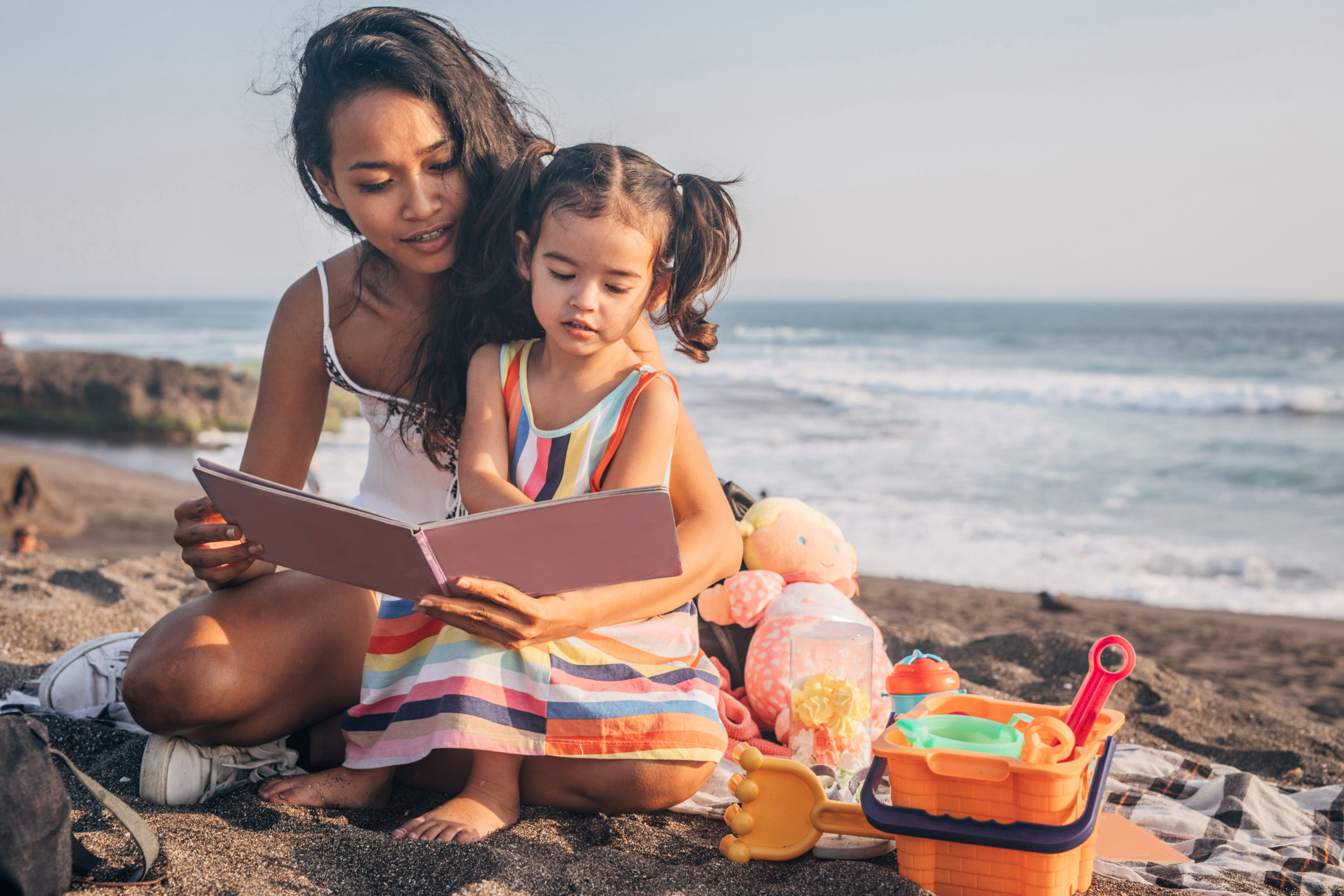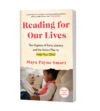Summertime is almost here! Whether for your family that means hitting the road, getting outside, or lounging at home, we have some tips to keep your little ones learning at the same time. Hint: The key to summer learning is the same as the key to all learning with preschoolers—keep it fun. With that in mind, enjoy this roundup of fun summer learning games, activities, and more for preschoolers and young elementary school children.
Mix Summer Learning into Your Preschooler’s Outside Time
Getting your child kindergarten-ready (like helping your child succeed once they’re in school) requires a year-round commitment. But this definitely does not mean dark days drilling at a desk while your child pines for some play time. With just a little creativity, you can fit lots of letter learning and reading skills into outdoor play.
Try this easy DIY letter sounds soccer game, or check out our post about alphabet hopscotch and letter scavenger hunts for more inspiration. A nature walk story time is also a fun and special way to build literacy while enjoying time outside together, and has the added benefit that time in green spaces may help active kids focus.
Play Board Games and Card Games for Fun Letter Learning
So many board games include letter learning and simple reading skills. Sitting down to play any game that involves recognizing letters or words is excellent for building some learning fun into your summer. Check out our list of good educational board games to get you started.
You can even help your preschooler make your family’s own alphabet board game to maximize the learning and customize your fun. If your little one loves card games, you’ll also want to try this teacher-created rhyming version of Go Fish or our fun letter-learning adaptation of the favorite kids’ card game of War.
Do Summer Learning Crafts with Your Preschooler
Young kids love crafts! Whether your child is more into drawing, gluing, cutting, or building, there are endless super fun activities you can do with them that will also teach them crucial pre-reading skills. Our literacy activities and book crafts sections include loads of ideas.
For a start, check out our post on using playdough to teach letters. This fortune-teller craft is a perennial kid favorite, too, and crafty kids will like making word-family flowers as well. You can also help your child make an adorable little DIY accordion book to fill with an illustrated story of their own invention.
Take Summer Learning on the Road
If you’re going to travel this summer, you’ll need a plan to keep your child entertained in the car or plane. And guess what? It’s a great time to sneak in some more educational fun. From 20 Questions to Mad Libs, lots of favorite travel games can pack a powerful learning punch. Read our tips for educational road trip games for ideas and advice.
You can also help your child make a DIY activity book to keep them busy (and writing!) on the go. And we have some tutorials to make super cute and easy pencil cases to take with you, too—like this popular recycled pencil case and the convenient duct-tape pencil bag. We also recommend delving into the power of storytelling to build oral language skills for when you’re behind the wheel or otherwise unable to engage your child with books and paper. Audiobooks for kids can be a lifesaver on long drives, too, and add in more story time to your travel.
Read, Read, and Read Some More
And, of course, don’t forget to read and read some more, all summer long! Our post on how to keep kids reading over summer vacation is full of teacher-recommended, parent-tested tips. You’ll also want to scroll through our kids’ books section to find curated picture book lists on a whole range of themes. And our literacy activities section has a number of fun story time games and crafts paired with fabulous preschool reads.
In particular, don’t miss our lists of awesome alphabet books and precious picture books about puppies. Just make sure you check out our science-backed advice for maximizing the benefits of reading out loud to your kids for some simple hacks you can use to get more learning out of story time.


